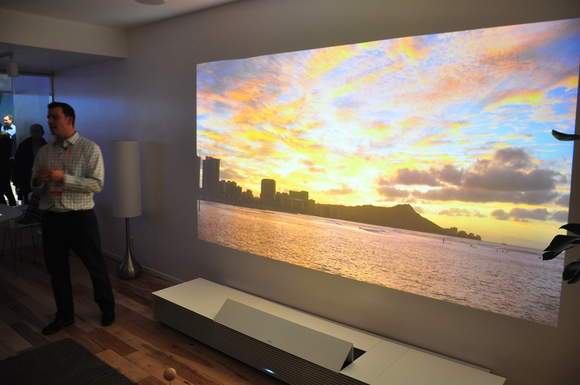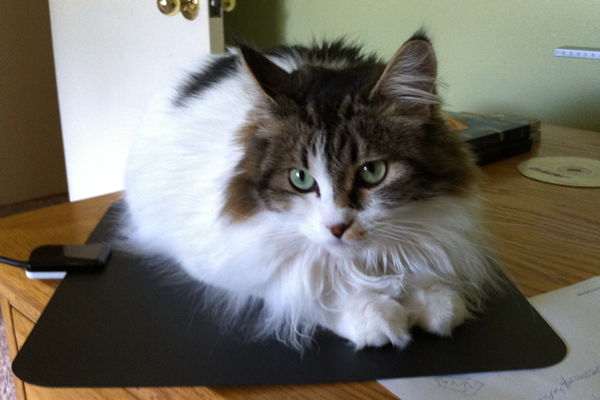This one almost didn’t make the list. To folks over 50, the laser is still a really impressive thing. Folks over 35 still remember when reading sound or picture using a laser was cool. But look, if you will, at the world through the eyes of a 21-year-old. Here’s what you use a laser for:
- Removing unwanted hair or tattoos
- Scanning the stuff you want to buy at the checkout
- Measuring things in your house instead of an old-school tape measure
- Playing with the cat
Yes, there are many other much more scientific uses for a laser, but it’s become such a common thing now that our most common personal use is annoying a pet. That says a lot about how ubiquitous the laser has become.
A little bit of laser history
The first functioning laser went online in 1960 in Malibu, CA thanks to a lot of prior research by a lot of people. A team led by Theodore Maiman deserves quite a bit of the credit. In the coming years lasers were used for various things from planetarium shows to telecommunications. Lasers were considered a miracle of modern technology for their ability to form completely straight lines (unless their paths were bent by air or some other obstruction.
The laser diode, which is a self-contained laser that can be very small and operate at very low power, was invented in 1962 but it was not until the 1970s that the average person owned a laser. Laser diodes were used to read data encoded on a disc in the first laserdisc players (essentially a 12″ version of a DVD) and from then the “optical revolution” provided lasers a good workout playing music, data and video. In the 1990s the laser was fine-tuned so that it was powerful enough to make a mark on a disc without burning through the disc itself, and so the first CD burners were made. CD burning (and DVD burning) thrived throughout the mid-1990s to mid-2000s as a way to store your stuff and pass your tunes along to others. With the coming of flash drives then cloud storage, the technology is fairly obsolete.
A use of lasers you didn’t know about
You probably remember projection television. When you were younger, projection was the only way to get a large image. The technology evolved, reaching its height with the DLP televisions of the mid-2000s. Those TVs used an incredibly complex robotic mirror and a light source to project onto a screen from behind. At the time they were less expensive way to get that large images. Remember, a decent LED-backlit LCD was still $3,000 in 2005.
You might also think of projectors if you use them in your offices. Roughly 90% of the PowerPoint decks in the world are projected through small office projectors (totally made that up, but let’s agree it sounds right.) These projectors usually use the same DLP technology as old TVs and project a sort of dim image good enough for learning about last quarter’s sales figures.

However, there’s a new use for lasers. They are being used for video projection. A red, green, and blue laser projects incredibly bright images and uses fancy logic to sit mere inches from the wall while shooting upwards. This technology has been around for roughly five years and is starting to find its way into boardrooms and home theater projects now.
Which brings us once again to the real reason most of us have lasers today…


